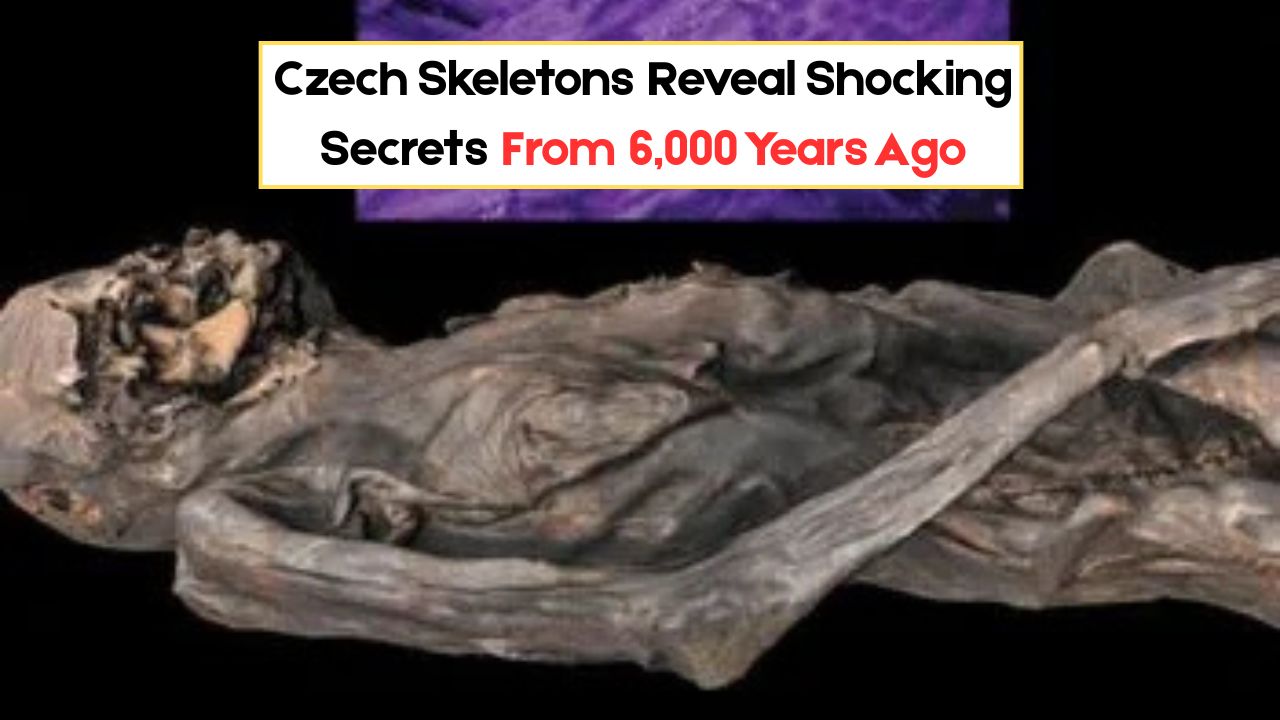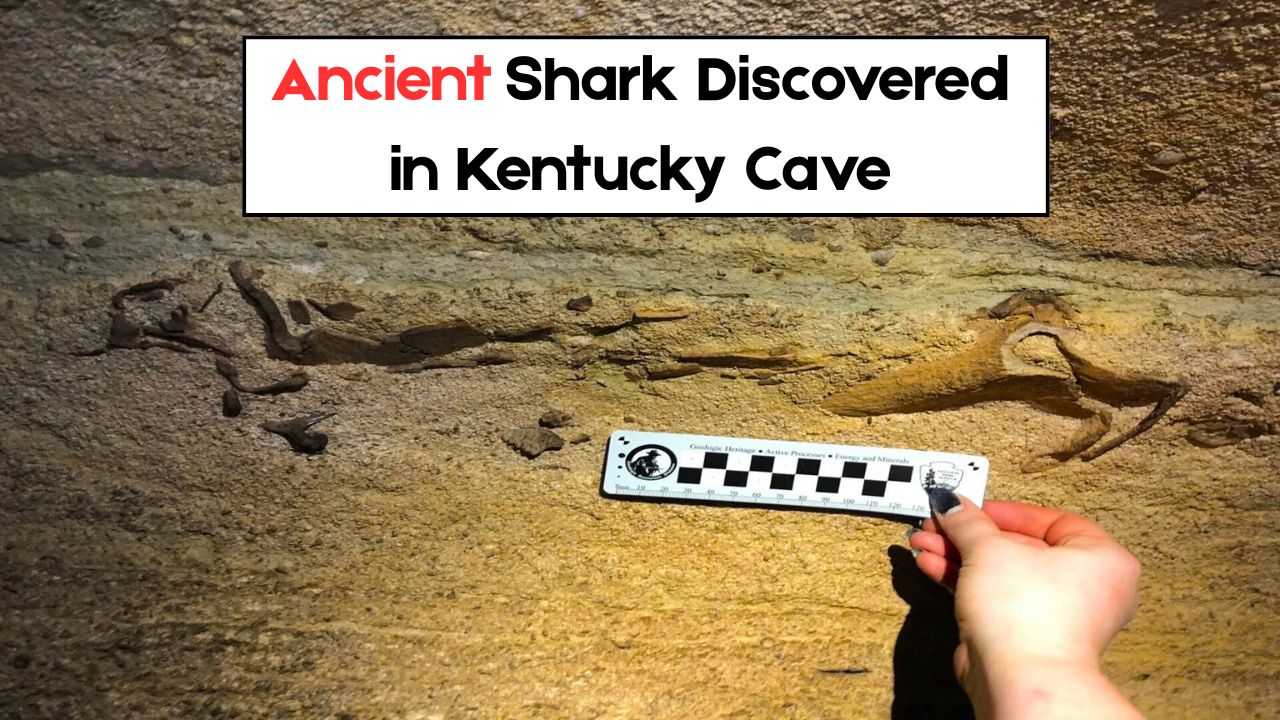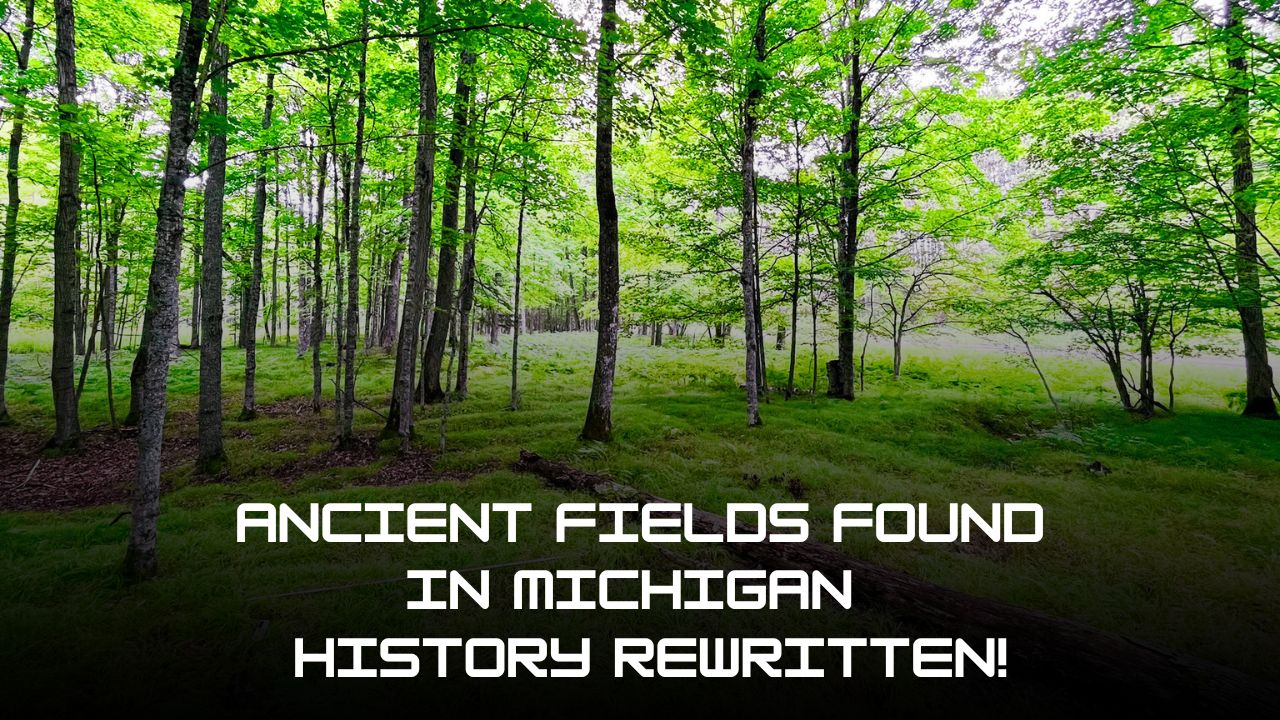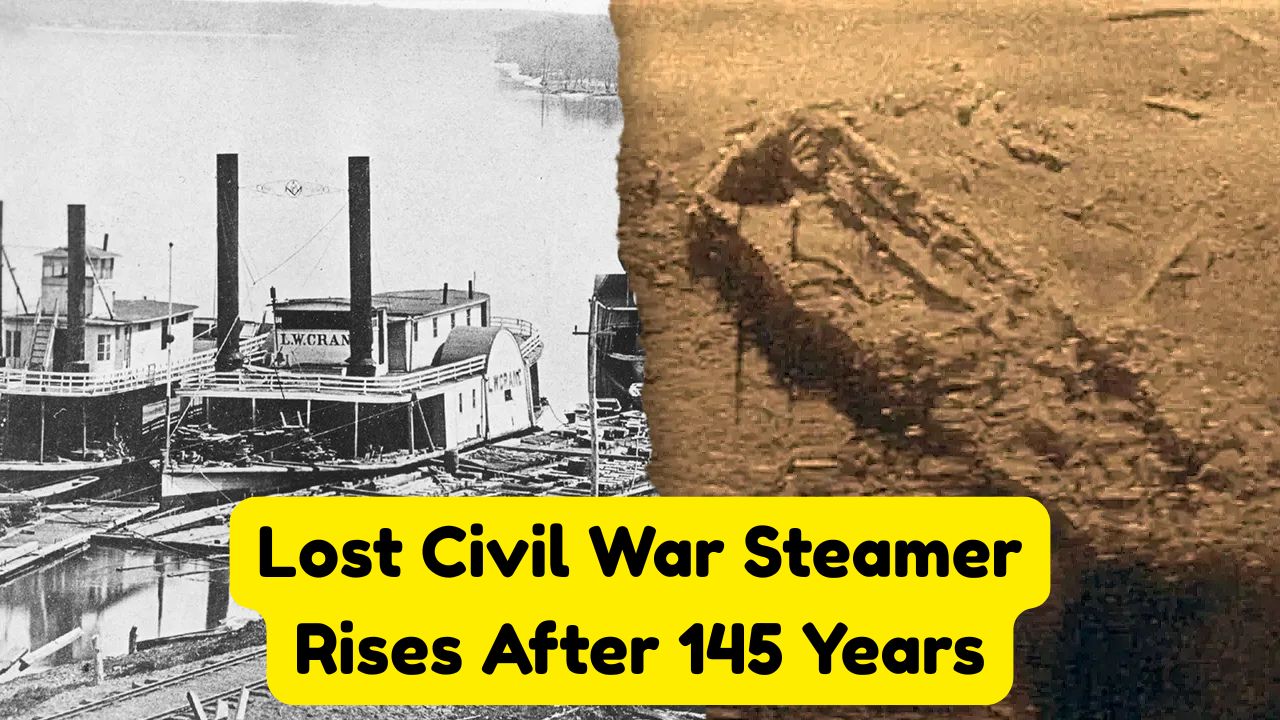6000‑Year‑Old Czech Skeletons – In a groundbreaking discovery that has gripped the world of archaeology and anthropology, scientists have successfully reconstructed the faces of two Neolithic sisters from skeletons buried over 6,000 years ago in what is now the Czech Republic. These ancient remains, belonging to two young women who lived during the Stone Age, are not only providing us with a rare glimpse into prehistoric life, but also uncovering mysterious and unsettling social practices of early human societies. This reconstruction is not just about putting faces to bones — it’s about unlocking stories that have remained buried for millennia.
Discovery of the Skeletons in Brno, Czech Republic
The skeletal remains were unearthed at an ancient burial site near Brno, a city in the southern Czech Republic, known for its archaeological richness. The site was dated back to around 4,800 BCE, placing it firmly in the Neolithic era — a time when early humans were transitioning from nomadic hunting-gathering to settled farming lifestyles.
The two female skeletons were found buried side by side in an unusual position — one with arms crossed, the other with hands folded beneath the pelvis. Both had similar cranial structures and shared rare genetic markers, suggesting a close familial relationship, most likely sisters.
Scientific Reconstruction: Combining Art and Genetics
Researchers used advanced 3D facial reconstruction techniques to rebuild the sisters’ appearances. Here’s how they did it:
- CT scans of the skulls helped generate precise digital models.
- Forensic anthropologists assessed muscle structure, facial tissue depth, and bone curvature.
- Genetic analysis provided insights into skin, hair, and eye color.
The result? Two remarkably lifelike faces of women who lived thousands of years ago — both with high cheekbones, straight dark hair, and light to medium skin tones.
It’s a chilling yet emotional connection across time — these women, long gone, now face us once more.
Burial Mystery: Were They Sacrificed?
While the facial reconstructions are fascinating, what truly shocked researchers were the burial clues:
- No grave goods (tools, pottery, or ornaments) were found — a sign of either social marginalization or non-traditional burial rites.
- The awkward positioning of the bodies indicates that they may not have been ceremonially laid to rest.
- Signs of trauma to the ribs and skull in one of the skeletons raised the possibility of violence.
Could these sisters have been victims of ritual sacrifice? Or were they punished in some form? The lack of traditional burial rites suggests a dark possibility: these young women might have died under suspicious circumstances, possibly as outcasts or scapegoats in a superstitious society.
Life in the Neolithic Era: A Snapshot
Understanding their world is crucial to understanding their fate. Here’s what life looked like in their time:
| Aspect | Neolithic Society (Circa 4800 BCE) |
|---|---|
| Lifestyle | Mostly agrarian with domesticated crops/animals |
| Tools | Stone axes, sickles, grinding stones |
| Housing | Mud-brick or timber huts in small settlements |
| Beliefs | Nature worship, possible animism or fertility cults |
| Social Structure | Tribes and clans, often patriarchal |
| Burial Practices | Ceremonial graves with offerings |
In such rigid societies, any deviation — illness, deformity, or perceived “bad luck” — could have grave consequences, especially for women.
Genetic Legacy: What the DNA Revealed
Modern DNA sequencing of the sisters’ remains unveiled more secrets:
- Shared maternal haplogroup confirming familial ties.
- Traces of diseases like tuberculosis or malnutrition in bone density.
- Genes associated with lactose intolerance, a trait common before dairy farming adapted human digestion.
It is through these genetic markers that we understand their resilience — surviving in harsh, disease-prone environments, possibly with limited food and medical knowledge.
Why This Matters: Reconstructing the Past, Reshaping the Present
The reconstruction of these sisters is not a mere scientific novelty. It forces us to ask deeper questions:
- What did gender roles mean 6,000 years ago?
- How did early societies treat illness or deviance?
- Could modern-day social exclusion have roots this far back?
By putting a human face — literally — on prehistory, we not only personalize the past but begin to comprehend the emotional and psychological makeup of ancient societies.
This discovery reminds us that beneath every ancient skull is a story — often beautiful, sometimes tragic, but always human.
FAQs: Neolithic Sisters and Their Reconstructed Faces
Q1. How old were the sisters when they died?
A1. Based on bone development, they were estimated to be between 18 and 22 years old.
Q2. How accurate are these facial reconstructions?
A2. While not 100% exact, modern forensic methods make them scientifically reliable in terms of facial structure and likely appearance.
Q3. What made scientists think they were sisters?
A3. Genetic analysis showed they shared a maternal lineage and rare mitochondrial DNA sequences.
Q4. Were any tools or weapons found with the skeletons?
A4. No, the absence of grave goods raised suspicion about non-ceremonial burial.
Q5. What do scientists plan to do next with this discovery?
A5. Researchers aim to further investigate nearby graves for similar patterns and explore social structures of Neolithic tribes in the region.







